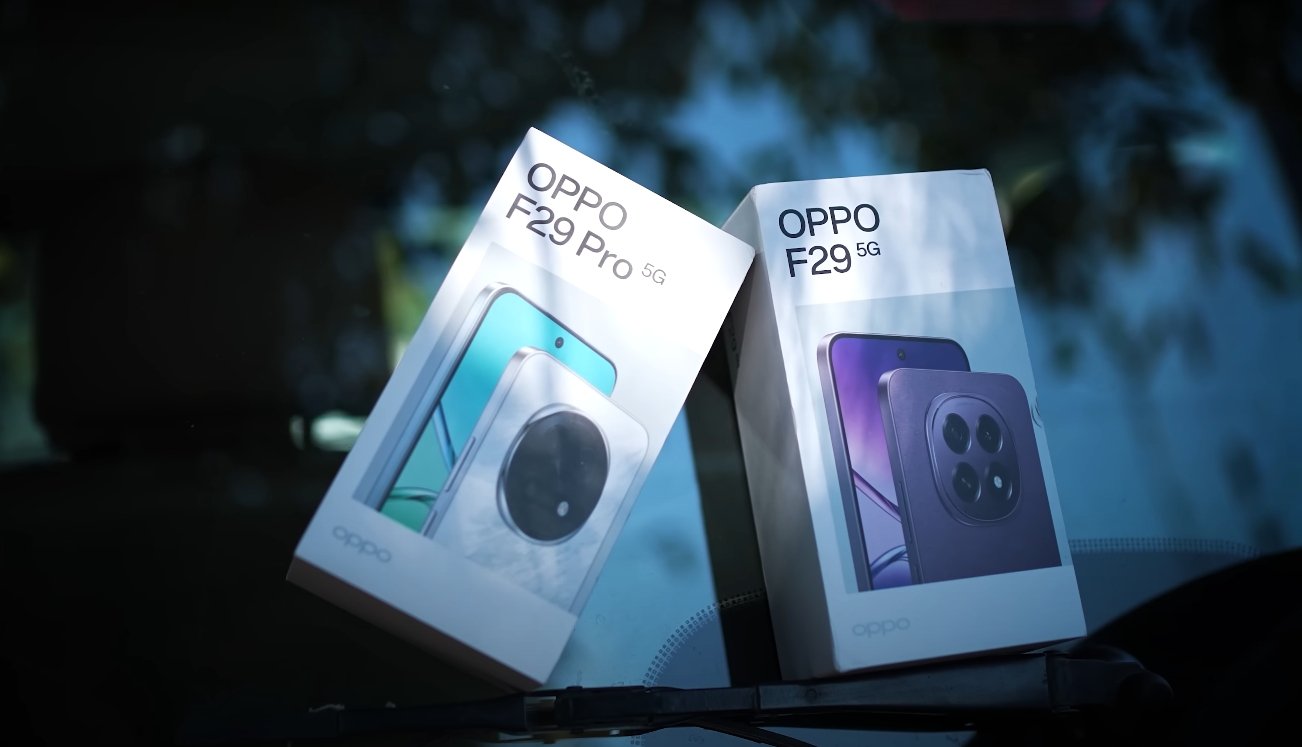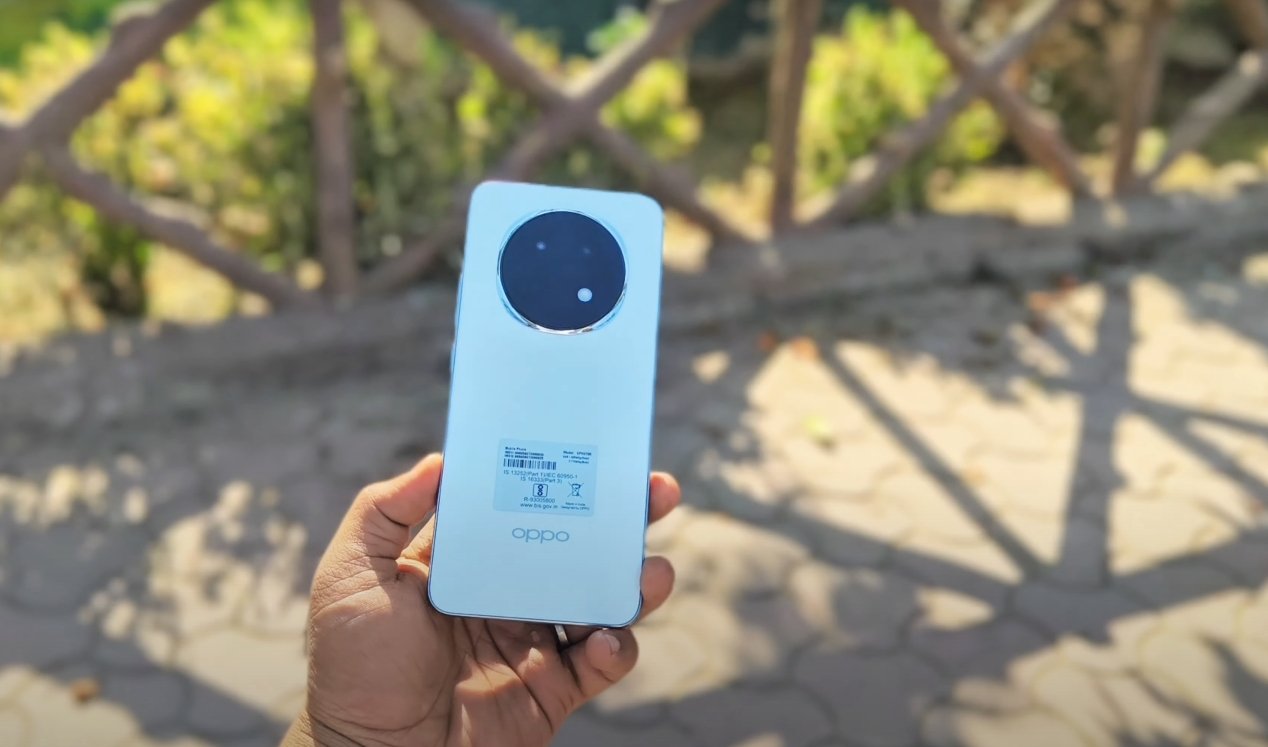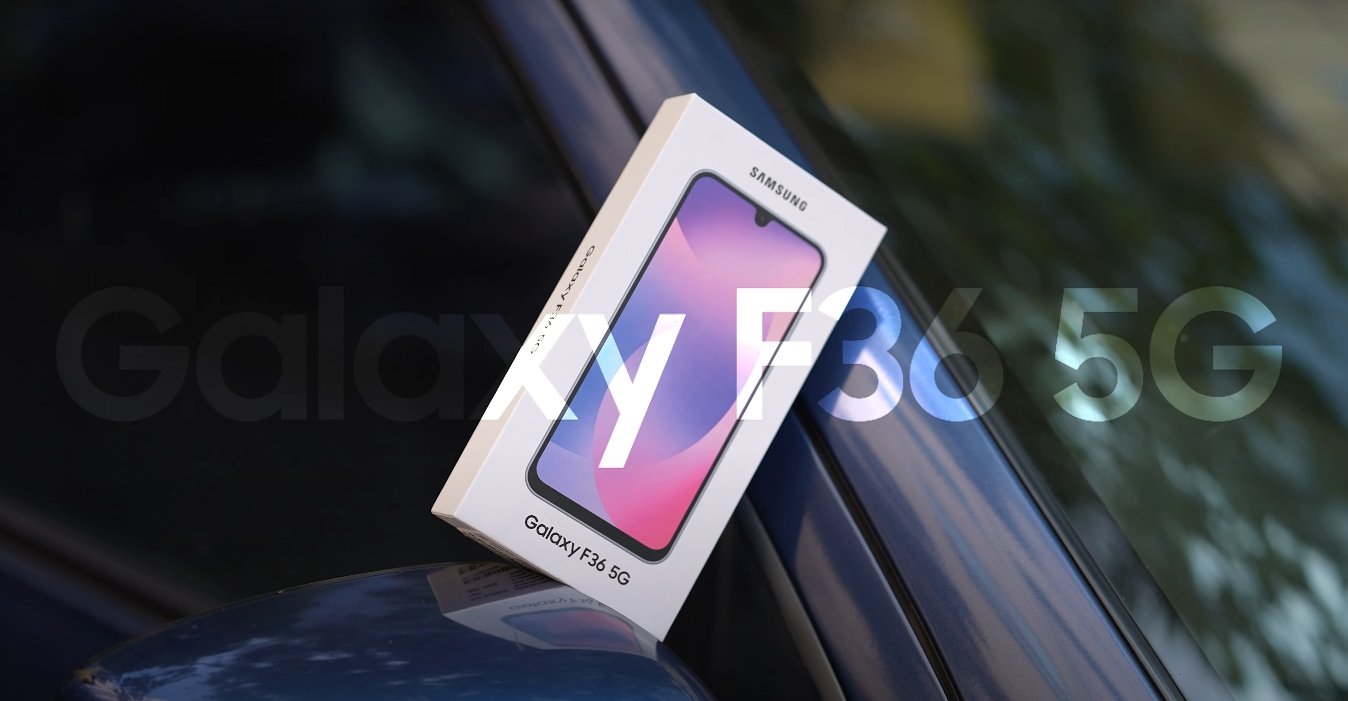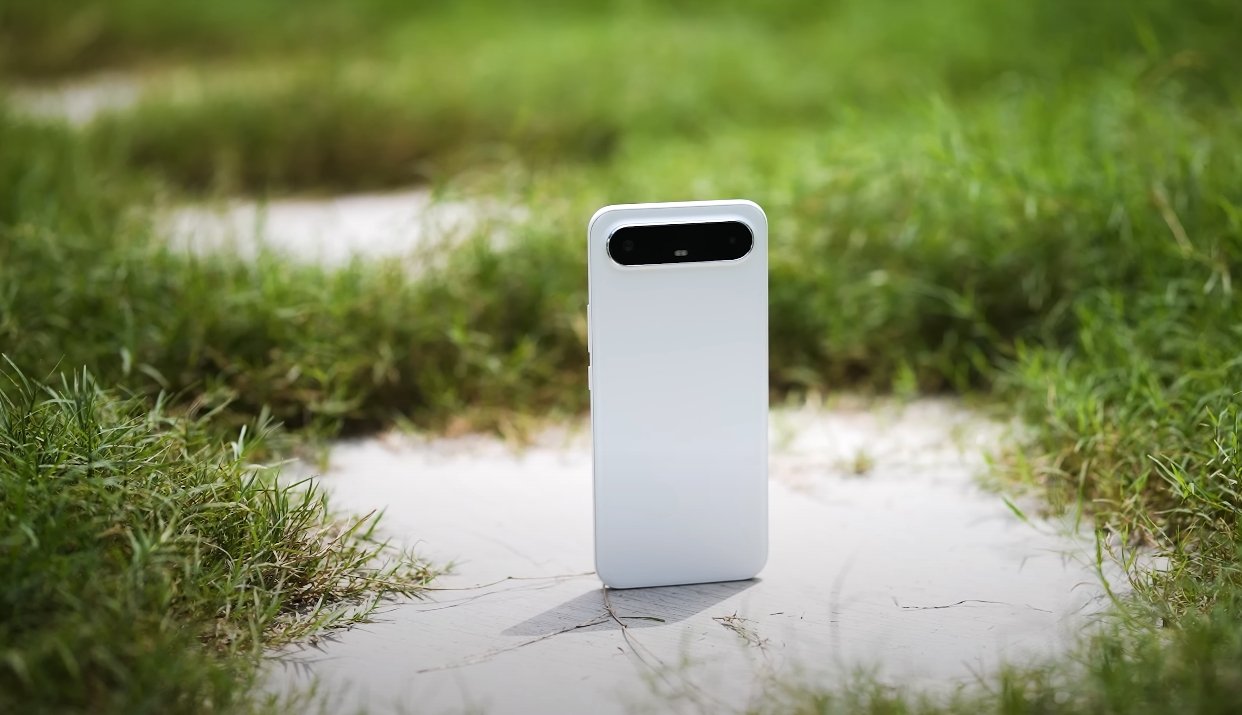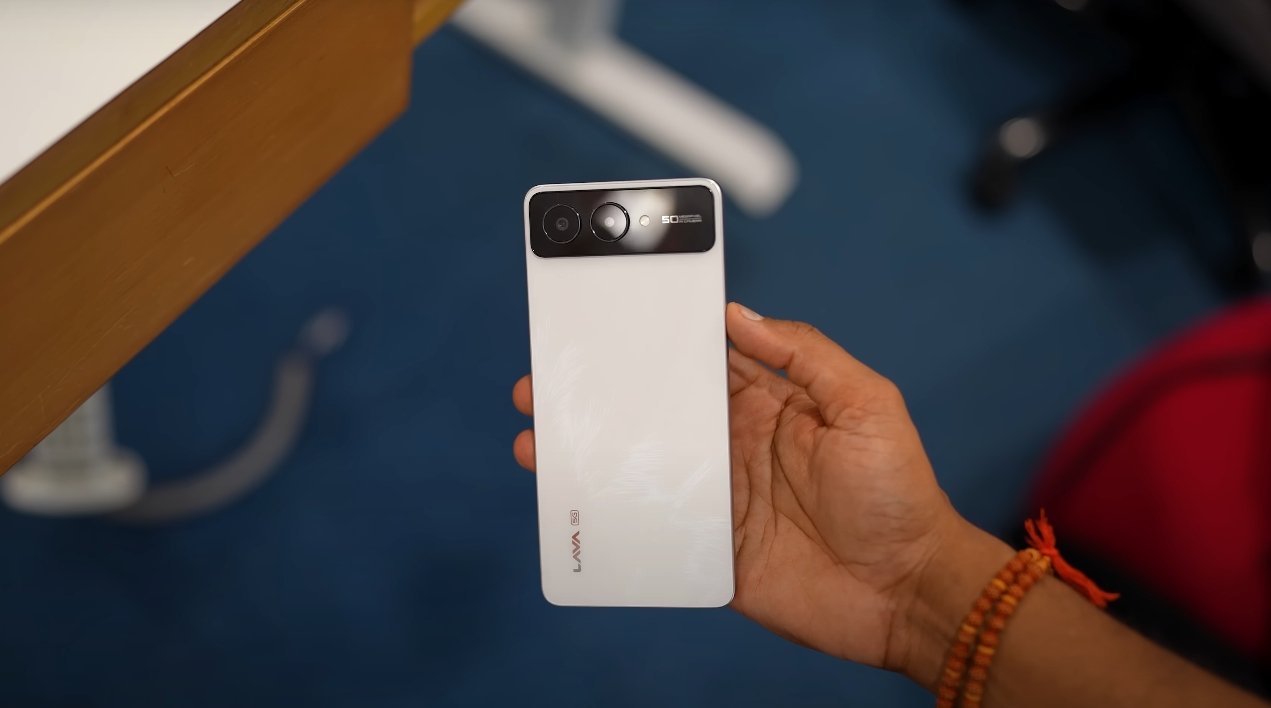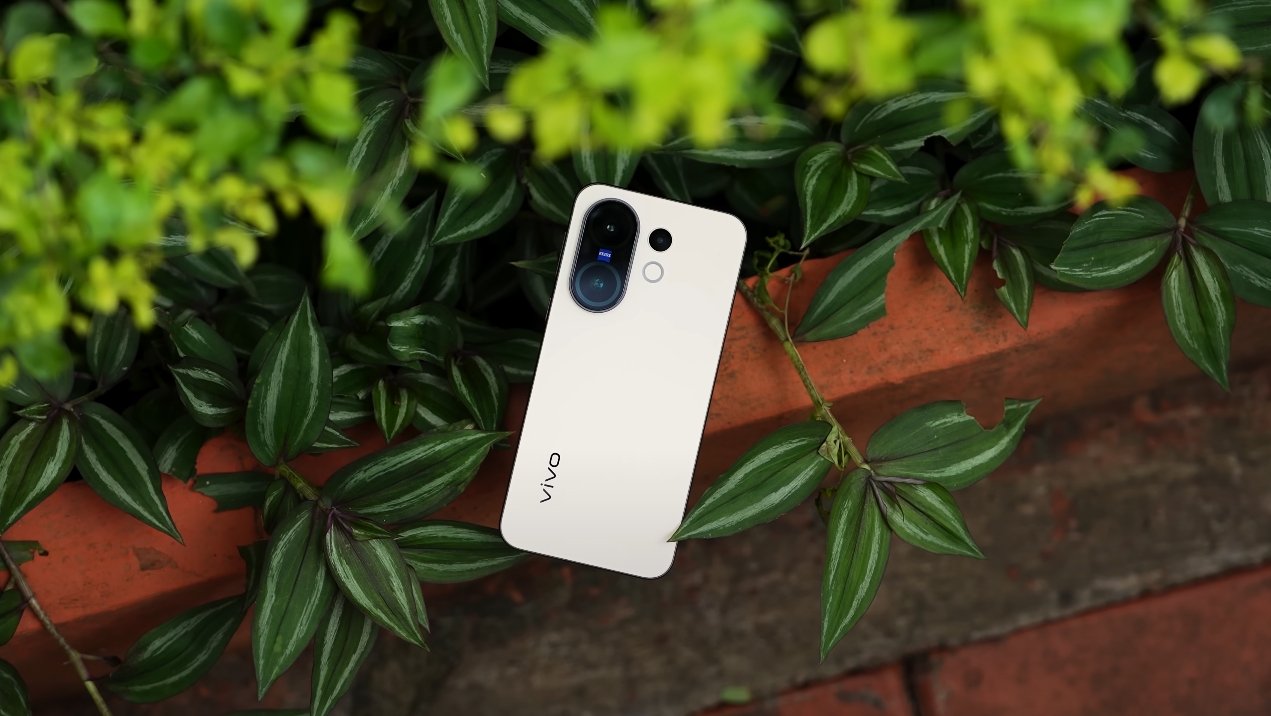Samsung’s Thermal Control Impresses in Galaxy M17 5G Stress Testing
The Samsung Galaxy M17 5G has drawn attention for its balanced design and efficient performance, and recent stress tests have revealed how the device handles heat under intense workloads. Designed with affordability in mind, the Galaxy M17 5G uses Samsung’s Exynos 1330 chipset built on a 5-nanometer process — a technology that plays a crucial role in managing heat during prolonged use. Reviewers who subjected the phone to heavy gaming, multitasking, and benchmark loops were surprised at how well it maintained temperature without significant performance drops.
During continuous stress testing, which simulated high-intensity use such as gaming and video rendering, the Galaxy M17 5G showed consistent stability. After about 20 minutes of demanding CPU and GPU workloads, surface temperatures rose moderately but remained within a safe and comfortable range. The phone reached around 40 to 42 degrees Celsius under maximum load, which is considered normal for midrange smartphones. Samsung’s thermal management system appears to be well-tuned, preventing overheating while maintaining sustained performance across tasks.
One of the key reasons behind the M17 5G’s heat control is the efficiency of the Exynos 1330 processor. Built using a 5nm manufacturing process, it consumes less power compared to older 8nm chips, which translates to reduced heat output during intensive activities. Combined with software-level optimizations in Samsung’s One UI 6, the device effectively balances performance and temperature. Even when gaming continuously for 30 to 40 minutes, the frame rates remained stable, and there were no abrupt slowdowns or thermal throttling that would hinder the experience.
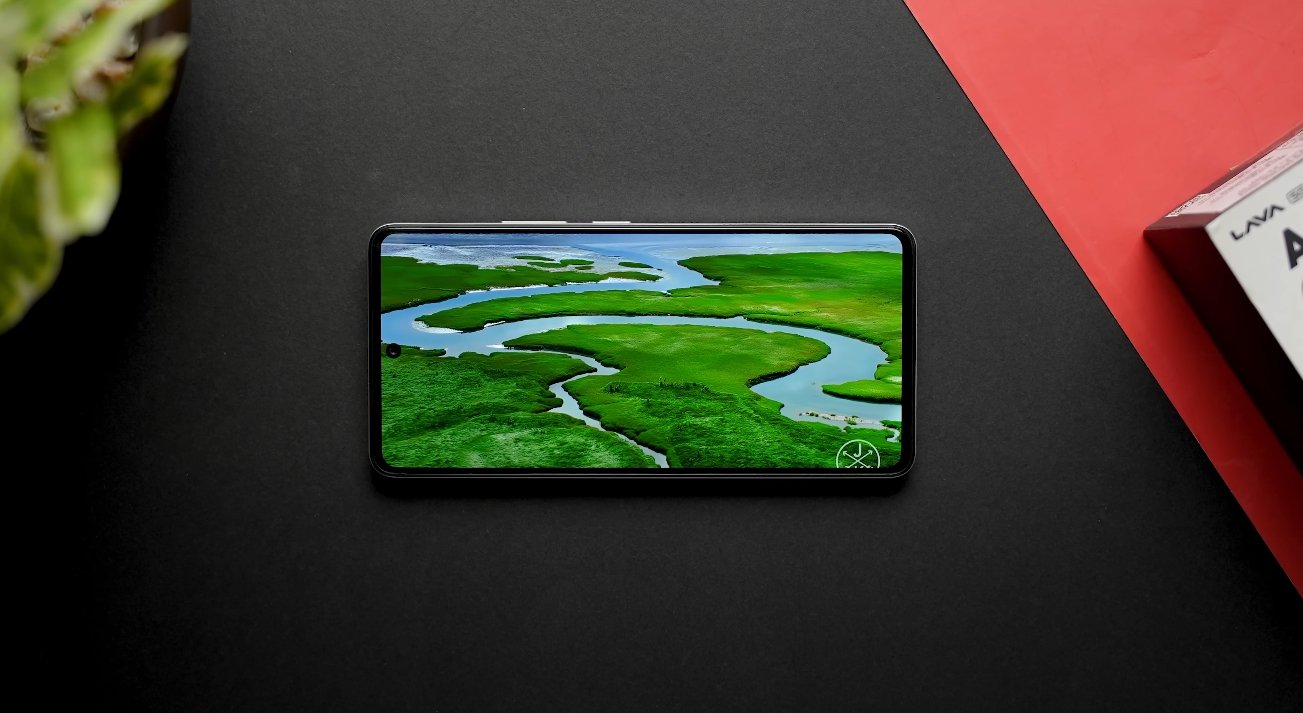
Samsung appears to have adopted a conservative performance tuning strategy for the M17 5G, prioritizing long-term stability over peak performance. This design choice allows the phone to avoid overheating during prolonged sessions. When pushed beyond its limits, such as running multiple benchmarks or charging while gaming, the device automatically adjusts CPU and GPU speeds to maintain safe thermal levels. This controlled throttling ensures that the phone stays functional and comfortable to hold, even under stress.
Charging tests also show strong heat regulation. The M17 5G supports 25W fast charging, which refills its large 6,000mAh battery efficiently without generating excessive heat. During charging, temperatures increased slightly but never reached concerning levels. Samsung’s charging algorithm likely moderates voltage input when temperatures rise, preventing the device from overheating while plugged in. This feature is especially important for users who often game or stream while charging, as it helps preserve battery health and device longevity.
In comparison to similarly priced competitors, the Galaxy M17 5G performs exceptionally well in thermal control. Many budget and midrange smartphones tend to experience aggressive throttling or discomfort during extended use, but Samsung’s combination of efficient hardware and optimized software minimizes these effects. Reviewers noted that the phone’s back panel and frame never became too hot to touch, even after long testing periods. The device also cools down quickly once heavy tasks stop, suggesting that its internal heat dissipation materials, such as graphite sheets, are doing their job effectively.
Samsung has also included built-in safety mechanisms that activate if the device temperature rises beyond safe thresholds. When this happens, features like display brightness, refresh rate, and charging speed may automatically reduce until the temperature stabilizes. This proactive management system helps prevent overheating and ensures reliable operation under a wide range of conditions. For most users, this means the phone will remain stable during multitasking, gaming, or outdoor use, even in warmer environments.
Overall, the Galaxy M17 5G’s performance under stress testing demonstrates Samsung’s progress in balancing efficiency and durability in its budget lineup. While it doesn’t feature the advanced cooling hardware seen in flagship models, the combination of its 5nm Exynos processor, optimized power management, and smart thermal controls make it one of the most thermally efficient devices in its price category. Users looking for a phone that stays cool under pressure and performs consistently during daily use will likely find the M17 5G to be a reliable option that exceeds expectations for a midrange 5G smartphone.
Also Read: Honor Magic V Flip 2 heat management tested under USA conditions

